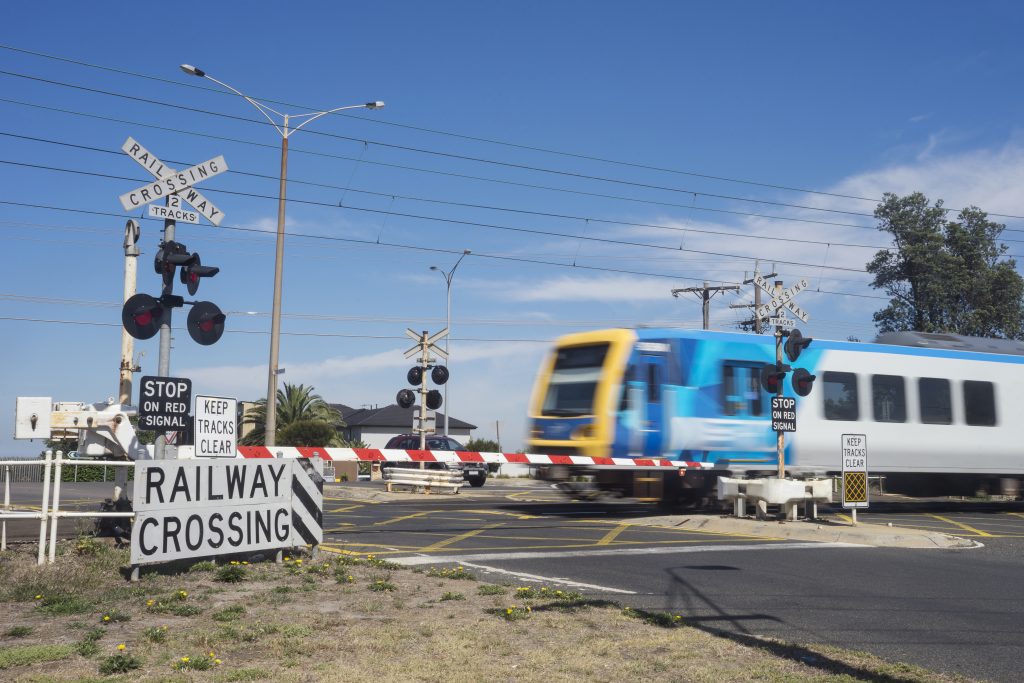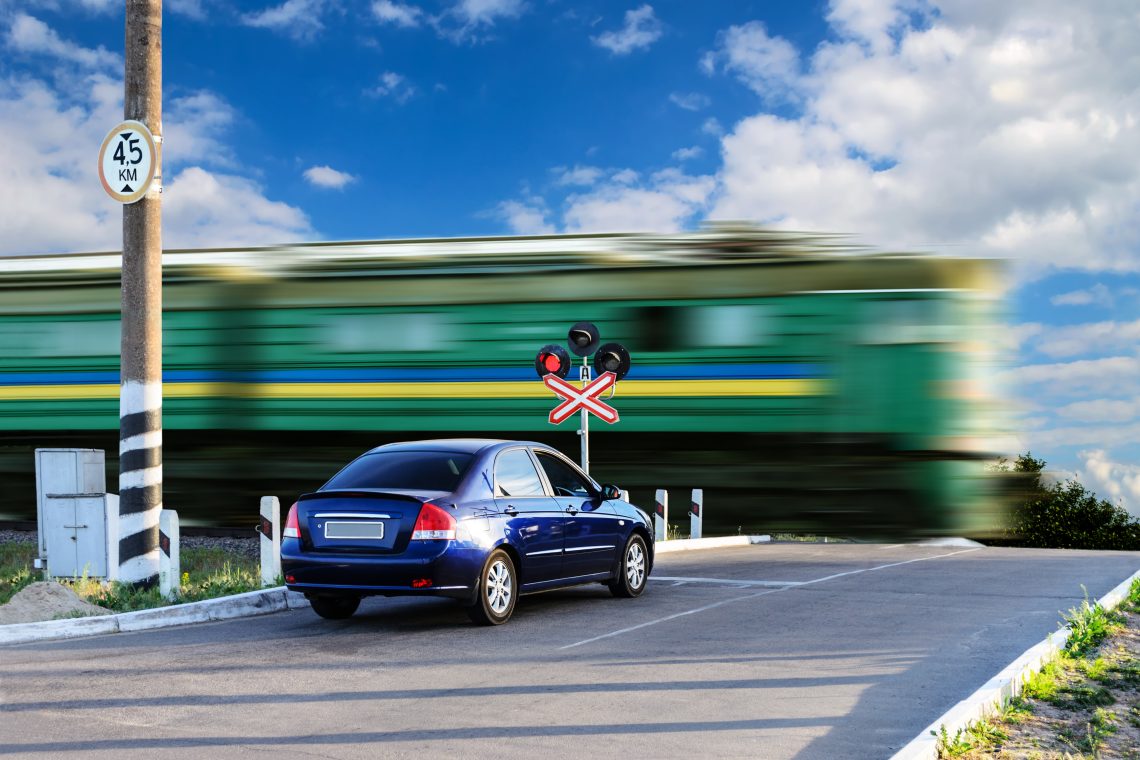Gaining reliable intelligence into safety at level crossings used to take 3-5 years. With the new TrafxSAFE Rail software, that period is reduced to a couple of weeks.
New video-based technology that intuitively detects and records road user behaviour at railway crossings is being launched in Australia after successful trials in Canada.
Transoft Solutions’ TrafxSAFE Rail can be programmed to identify cars, buses, trucks, bikes and pedestrians so data for each can be gathered and analysed. It also recognises the movement of boom gates, drivers who ignore warning signals and when red lights are flashing.
The software is the first of its kind in the world, and can deliver sophisticated predictive analytics about the relative likelihood of serious incidents occurring at each level crossing in a fraction of the time that current systems take.
Accidents on Australia’s 23,000 level crossings have claimed more than 600 lives in Australia since 2001, with thousands more serious injuries or near misses. The alarming statistics prompted the Victorian state government to implement the Level Crossing Removal Project in 2014, which aims to replace 110 crossings with bridges or underpasses by 2030.
New South Wales too is looking to upgrade safety measures on its 2700 crossings, with many earmarked for removal. Other states have similar plans underway or being debated.
Faster rail safety insights
“Our conventional method of evaluating safety at level crossings can often be cumbersome and doesn’t provide a complete picture of what may be occurring or what safety risks may exist,” said Karen Giese, Vice President of US Business Development & Head of Traffic Safety.
“Relying on crash history data means you have to wait 3-5 years to have enough data to determine whether a level crossing should be prioritised for further study or improvements.
“With TrafxSAFE Rail, that period is condensed to just a couple of weeks and you also get a more comprehensive view of the risky behaviours that have led to crashes at specific level crossings.”
It means rail engineers tasked with scheduling level crossing closures can prioritise those where accidents are most likely to occur, potentially saving lives and preventing property damage.

For private freight operators, collisions with vehicles cause enormous disruption to supply networks, particularly if an entire branch line becomes blocked for hours or even days. The associated costs can be substantial.
Even the 17 near misses that happen in Australia every week can cause delays and require reports to be filed to the Office of the National Rail Safety Regulator (ONRSR).
“Automatically logging and analysing every single movement at a level crossing means patterns emerge very quickly,” said Giese.
“If there have been repetitive non-compliant behaviours at a particular one, it suggests a serious incident could happen unless changes are made. Getting that data in a matter of weeks means authorities can implement preventative measures quickly.”
Advanced analytics
Analytics could indicate the need to reduce speed limits, increase signage, build a pedestrian bridge, lower the boom gate sooner or other potential countermeasures. Once a new measure has been introduced, TrafxSAFE Rail can immediately begin assessing its effect to see whether further action is necessary.
“At the moment, crash data is used to identify accident blackspots, but if an accident has already happened, it’s too late,” said Giese.
“People have already been killed or hurt, and trucks, cars or trains badly damaged.”
Even if sensors do detect drivers running a red light or steering past a boom gate, the data is often hard to extract, and there’s no way of knowing the type of vehicle involved without sitting through hours of CCTV footage.
Automated computer vision and AI analysis means data-driven, proactive steps can be taken that are very likely to prevent tragedies occurring and increase a rail network’s efficiency.
Revolutionising approaches to safety
The new application was developed in conjunction with the Canadian government. Months of live trials earlier this year demonstrated its efficacy in harvesting and filtering large data sets that unlock invaluable safety insights.
“The development process was extremely encouraging and showed that TrafxSAFE Rail has huge potential to revolutionise how level crossings are managed,” said Giese.
“Canada and Australia have similar rail safety issues to address, such as the very large number of remote, unattended crossings and others with high traffic and pedestrian volumes. Our learnings from Canada are very relevant to how we’ll approach rolling out the technology here.”

In both countries, the vast majority of crossings are unattended, with no bells or flashing lights to warn of oncoming trains. Surveillance cameras show that many drivers ignore give-way or stop signs, putting themselves in severe danger.
Understanding the type and frequency of the incidents occurring helps safety experts choose the most effective solution, such as automatic gates, speed reduction measures or additional warnings.
TrafxSAFE Rail presents its analytics through easy-to-follow graphs, charts and tables on a customised dashboard. Video clips of safety-related events are also viewable. It detects every road user and divides them into 14 categories, noting non-compliant behaviour when trains are approaching, present or departing.
“It essentially analyses collisions before they happen and helps identify specific safety countermeasures to prevent them from happening,” said Giese.
“There’s a huge cost benefit in assigning resources more strategically to reduce the number of incidents. But saving human lives is the biggest benefit of all.”
Register for a free webinar on September 26 discussing the benefits of TrafxSAFE Rail.




